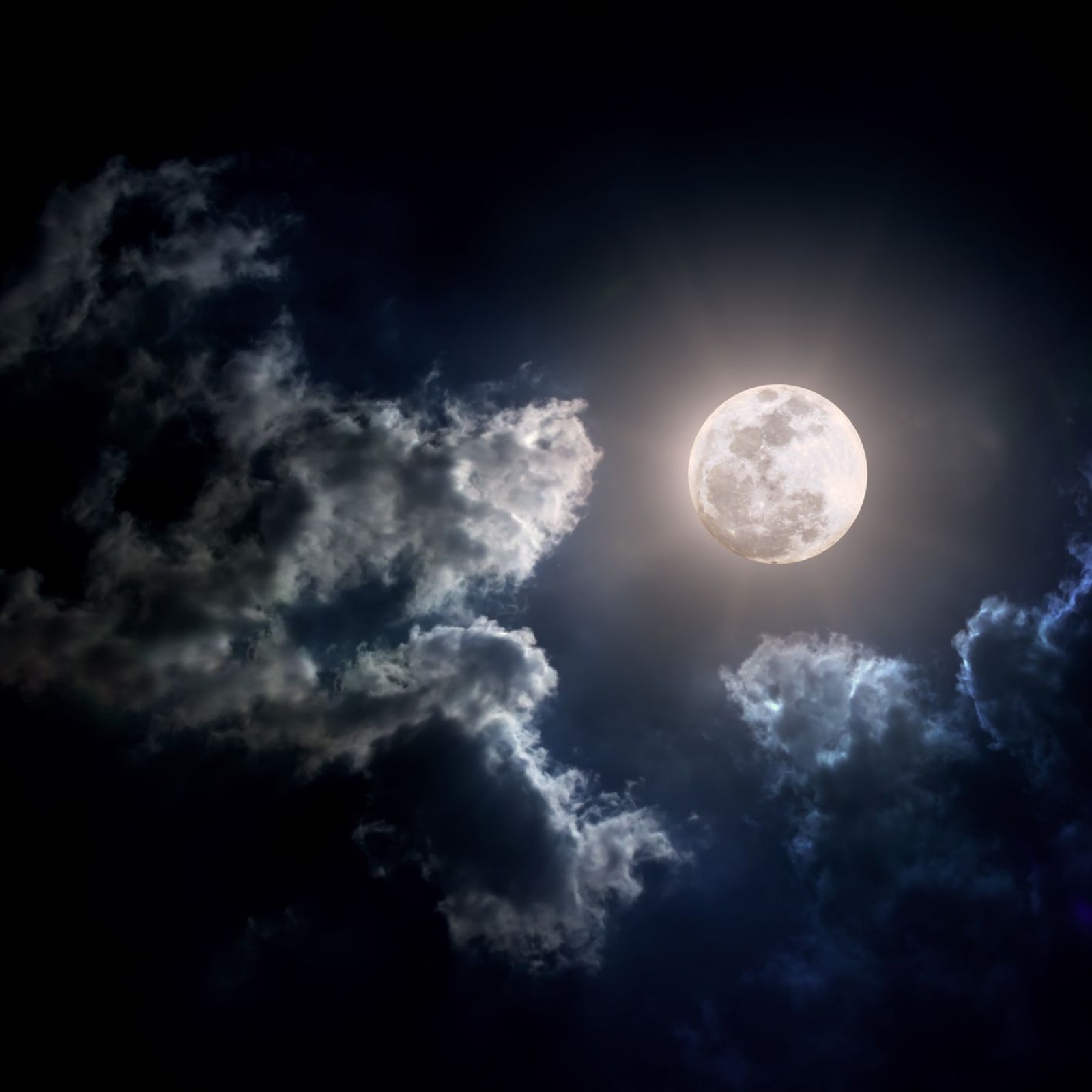
Sharad Purnima
Moon is known to have an effect on water. It has a special positive effect on the aqueous part of our body. Mental and physical fluctuations and oceanic tides occur from the reducing and increasing size of the moon. Hence full moon or ‘purnima’ has a special effect on earth. ‘Sharad Purnima’ is among one such special purnimas when the moon is at its fullest. The word ‘Sharad’ refers to sharad ritu (winter season). It falls on the last day of Hindu Ashwin month, marking the beginning of winters. As per astrology the moon is closest to the earth on this day and shines with all sixteen ‘kalas’. In Hinduism it is believed that each human is associated with certain kalas. Those with sixteen kalas are considered as perfect humans. Lord Krishna was born with sixteen kalas and Lord Rama with twelve.
Moon’s energy has greatest effect on this night as it comes in its closest position to earth. On this night, moonlight is believed to have immense curative power and it showers elixir of life, hence people stay awake throughout the night under the moonlight to rejuvenate the body. People also prepare ‘kheer’ (rice porridge) and keep it under moonlight overnight covered with muslin cloth, and eat and distribute it next day as prasad. Kheer made on Sharad Purnima is not just a delicacy; as per scriptures it is a divine medicine and should be made from cow’s milk and Ganges water. Silver vessel is specially recommended for this. Religious texts describe rice as food of gods. Mahalakshmi is also pleased with rice. If possible kheer should be made in the light of the moon.
There is also a tradition of drinking cold milk during this as in winter, days are hot and nights are cold causing acidity and consumption of cold milk is a good remedy for this. Another interesting ritual is to practice passing of thread in the needle and while doing this one has to look towards the moon. When direct light of moon falls on the eye it raises the brightness of the retina.
Sharad Purnima moonlight also reduces the pain of asthma patients. Another belief is that when this moonlight falls on the navel of a pregnant woman, the foetus gets healthier. On this day one should try to avoid lust, instead try to practice fast and involve in satsang.
Sharad Purnima is also known as ‘Kojagiri Purnima’ which originates from Sanskrit ‘Ko jagriti’ meaning ‘who is awake’. Lakshmi, the Goddess of wealth descends on earth and showers blessings of prosperity and wealth to those who stay awake that night. In Brij region this Purnima is also called ‘Raas Purnima’ as on this day Lord Krishna performed mega dance of divine love i.e. ‘Maharaas’ . During this Maharaas Krishna multiplied Himself to dance with each gopi on the divine music played by His flute.
In Mithila region the day is celebrated as ‘Amrit Barkha’ meaning rain of nectar. In Bengal the day is known as ‘Lokkhi Pujo’. Devotees prepare several bhog for Goddess Lakshmi. In Odisha the day is celebrated as Lord Kartikeya’s birthday and is called ‘Kumar Purnima’. Unmarried girls observe fast and perform rituals to seek husband like Kartikeya, Lord Shiva’s son. There is also a traditional celebration called ‘Kaumudi celebration’. Kaumudi means moonlight.
It is also celebrated as a festival of harvest. So this day shows two significant aspects of good harvest and prosperity and blessings from a supreme power.
Author Ms Hema Trivedi is an ardent devotee of SriKrishna.